1. Understand That Coyotes Are Here to Stay
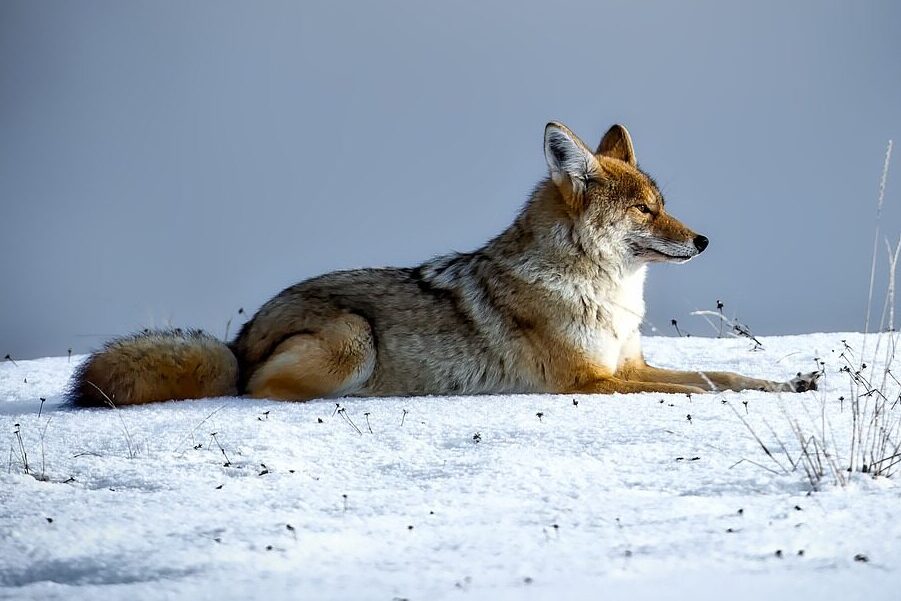
Coyotes are not just creatures of the wilderness anymore. Over the past few decades, they have adapted to urban and suburban environments, making their homes in parks, greenbelts, and even neighborhood backyards. Many people are surprised to learn that coyotes exist in nearly every state, from bustling cities to quiet countryside towns. They are incredibly adaptable animals, capable of surviving on anything from small rodents to leftover pet food. While their presence might seem alarming, it’s important to recognize that they are a natural part of the ecosystem, even in places where you wouldn’t expect them.
The key to coexisting with coyotes is understanding their behavior. Unlike wolves, coyotes are typically solitary or live in small family groups, making them more elusive. They avoid humans whenever possible, but that doesn’t mean they aren’t watching from a distance. Coyotes are naturally curious, and their intelligence allows them to navigate human environments with surprising ease. While they rarely pose a direct threat to people, their adaptability means they can become comfortable around human activity if given the opportunity. A lack of awareness about their habits often leads to unnecessary fear or, worse, actions that encourage their presence in unsafe ways.
2. Keep Your Pets Safe at All Times

One of the biggest concerns with coyotes living among humans is their interaction with pets. Small dogs and outdoor cats are especially vulnerable, as coyotes see them as potential prey. Many pet owners assume that their yards are secure enough to keep coyotes out, but these animals are agile climbers and diggers, making fences less of a deterrent than people think. Even in broad daylight, coyotes have been known to snatch unattended pets, making vigilance a crucial part of pet safety.
To protect your furry companions, never leave them outside unsupervised, especially during dawn and dusk when coyotes are most active. Walking dogs on a leash, preferably a short one, can also help prevent surprise encounters. If you live in an area where coyotes are common, consider adding motion-activated lights or coyote-proof fencing to your yard. Some pet owners even invest in protective gear, such as coyote vests with spikes, to deter attacks. Keeping pet food and water bowls indoors is another essential step, as food left outside can attract not just coyotes but other wildlife as well.
3. Never Feed Coyotes – Intentionally or Unintentionally
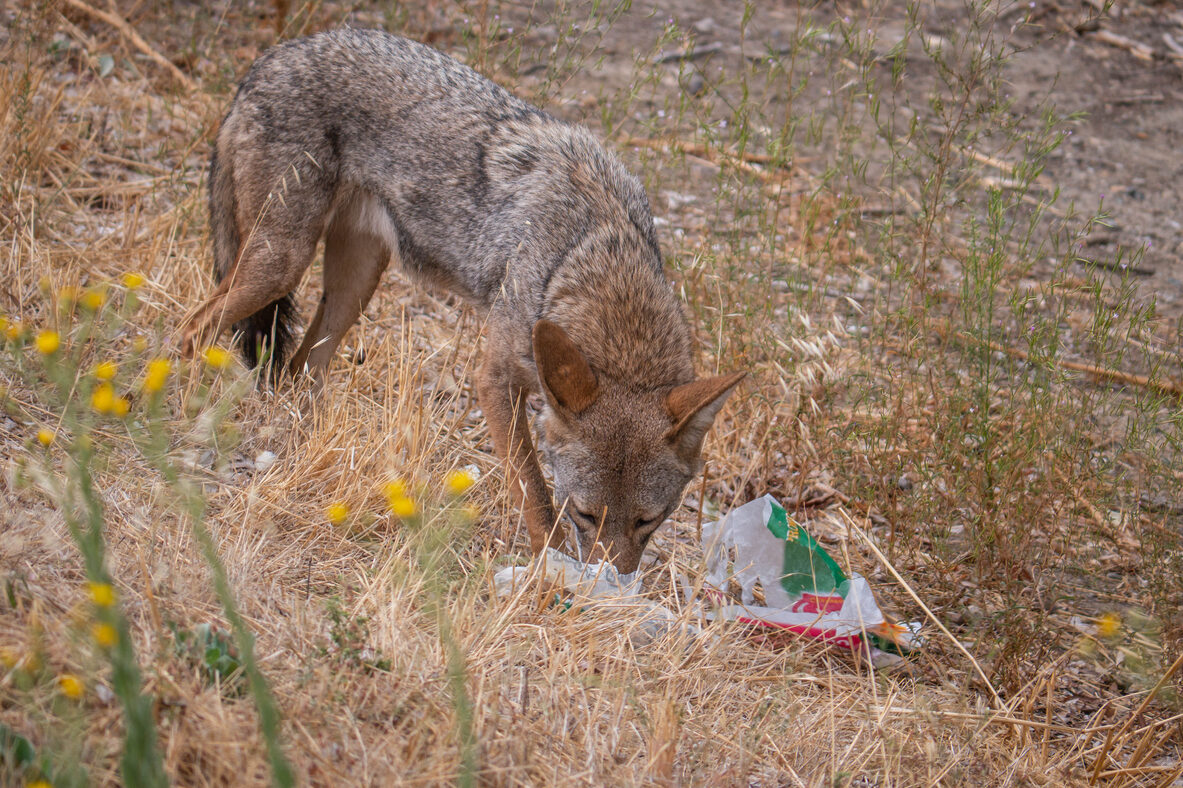
Coyotes are opportunistic feeders, which means they will take advantage of any easily accessible food source. Whether it’s scraps in an open trash can, fruit fallen from trees, or pet food left outside, they quickly learn where to find an easy meal. When humans feed coyotes, whether on purpose or accidentally, it encourages them to lose their natural wariness of people. This is how conflicts arise. A coyote that regularly finds food near homes or businesses will start associating humans with food, increasing the chances of close encounters.
The best way to avoid this is by securing all food sources. Trash should be stored in tightly sealed bins, and compost piles should be covered to avoid attracting rodents, which in turn attract coyotes. If you have fruit trees, regularly pick up any fallen fruit, as coyotes are known to eat apples, pears, and even citrus. Bird feeders can also be a problem because they attract small animals like squirrels and rabbits, which coyotes prey on. By eliminating these temptations, you help keep coyotes wild and reduce the chances of them becoming too comfortable around humans.
4. Make Your Yard Less Inviting
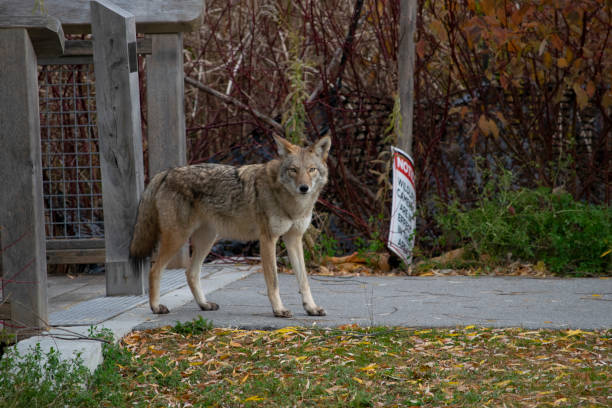
Coyotes thrive in environments where they can find food, water, and shelter. If your yard provides all three, you are unintentionally inviting them to stick around. Overgrown bushes, dense vegetation, and woodpiles can serve as hiding spots for coyotes or their prey. Even something as simple as an open crawl space under a deck can become a den for a coyote family. If you want to minimize their presence near your home, it’s important to make your property as unwelcoming as possible.
Start by clearing out any areas where coyotes might seek shelter. Trim low-hanging branches, remove thick brush, and close off any small entry points that might be used as dens. Motion-activated lights and sprinklers can also deter them from lingering. Some people use noise deterrents, such as wind chimes or radios playing at night, to make the area feel less safe for coyotes. While no method is foolproof, a combination of these strategies can help make your property less attractive to these adaptable animals.
5. Use Haze Tactics to Scare Them Away

If you encounter a coyote in your neighborhood, the worst thing you can do is ignore it or run away. Coyotes are naturally cautious around humans, but if they sense that people won’t challenge them, they can become bolder over time. This is where hazing techniques come in. Hazing is the process of making coyotes uncomfortable and teaching them to fear humans, which helps prevent them from getting too close to homes and public spaces.
To haze a coyote effectively, make yourself look bigger by raising your arms, waving objects, or opening your jacket. Make loud noises—shout, clap, or use a whistle or air horn. If that doesn’t work, throw small objects like rocks or tennis balls in their direction (not at them) to reinforce the idea that humans mean business. The key is to be consistent. If coyotes are repeatedly met with aggressive hazing, they learn to keep their distance. However, it’s important to never chase them, as this could trigger their instinct to run—and return later when no one is around.
6. Educate Your Neighbors and Community

Coyotes are a shared responsibility. If you take steps to keep them away, but your neighbors continue to leave out food or let their pets roam freely, the problem won’t go away. One of the most effective ways to manage coyote interactions is through community awareness. When an entire neighborhood works together to discourage coyotes, they are less likely to settle in and become a nuisance.
Many communities have coyote awareness programs that provide guidelines on securing trash, reporting sightings, and using hazing techniques. If your area doesn’t have one, consider starting a discussion with local authorities or homeowner associations. Schools and parks can also benefit from education programs that teach children what to do if they encounter a coyote. When people understand how to coexist with these animals safely, unnecessary fear and harmful actions—like illegal trapping or poisoning—can be avoided.
7. Recognize When a Coyote Is Acting Aggressively
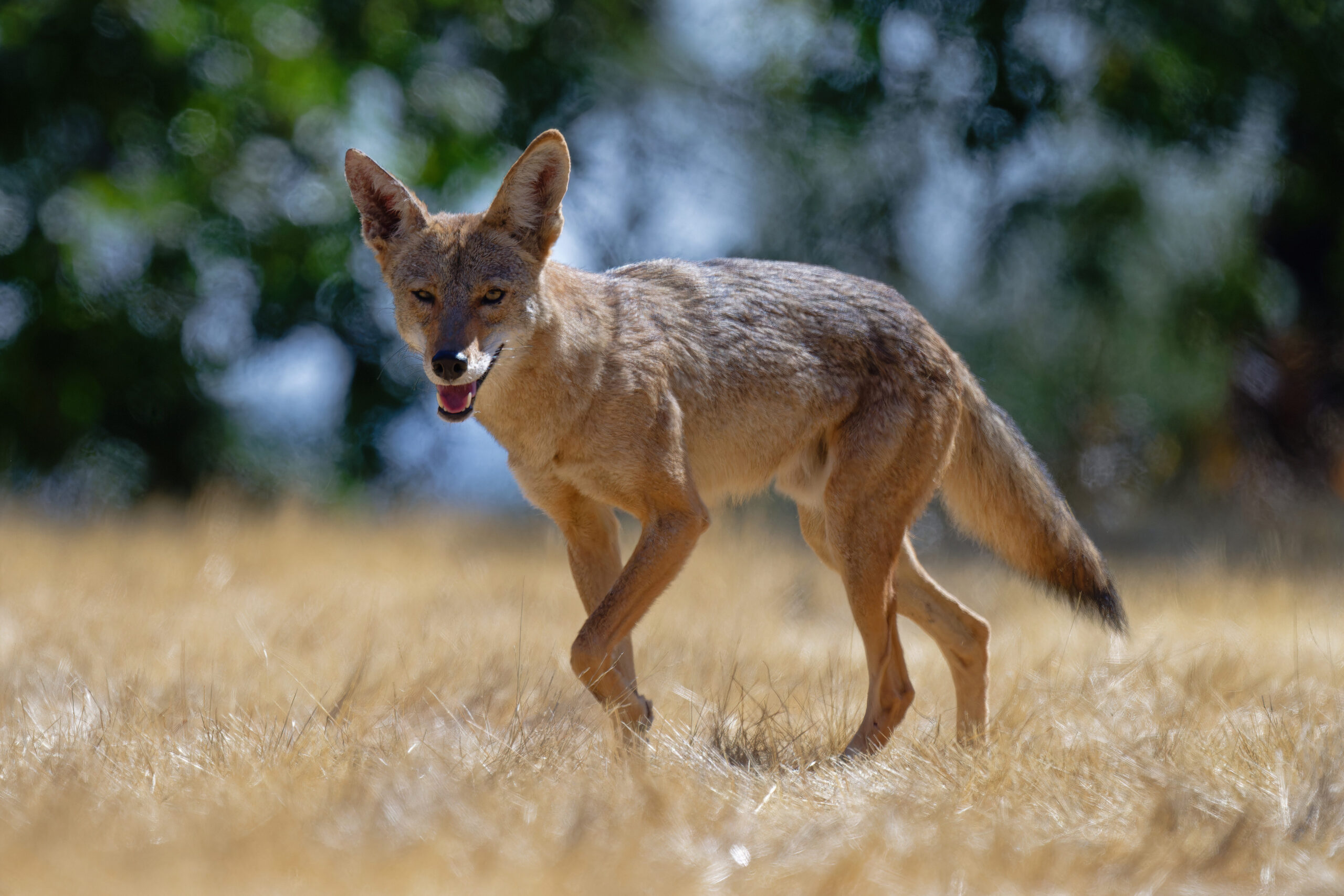
Coyotes are usually shy and prefer to avoid humans, but in rare cases, they may become aggressive. This can happen if they feel cornered, are protecting their young, or have been conditioned to associate humans with food. Knowing the warning signs of an aggressive coyote can help you respond appropriately and avoid a dangerous situation.
Signs of aggression include a coyote standing its ground, growling, or baring its teeth. If a coyote approaches you without backing away, it’s likely testing boundaries. In such cases, stand tall, make loud noises, and use hazing techniques. If you have children or pets with you, pick them up slowly while maintaining eye contact with the coyote. Never turn your back or run, as this could trigger a chase response. If a coyote continues to act aggressively despite hazing, report it to local wildlife officials so they can assess the situation. Here are 3 Mistakes You Should Never Make:
8. Letting Your Guard Down During the Day

Many people believe that coyotes only come out at night, but this isn’t entirely true. While they are most active during dawn and dusk, they can be seen at any time of day, especially in areas where food is easily available. This misconception leads some pet owners to assume that letting their dog out in the afternoon is safe when, in reality, a hungry or curious coyote could be nearby.
Being vigilant at all hours is key to preventing encounters. Supervise pets whenever they’re outside, and always scan your surroundings when walking in areas where coyotes are known to live. If you spot a coyote during the day, don’t assume it’s sick or dangerous—it could simply be hunting or moving to a new area. However, increased daytime activity in highly populated areas may be a sign that coyotes are becoming too comfortable around humans, which means additional hazing efforts may be needed.
9. Ignoring Warning Signs from Your Pets
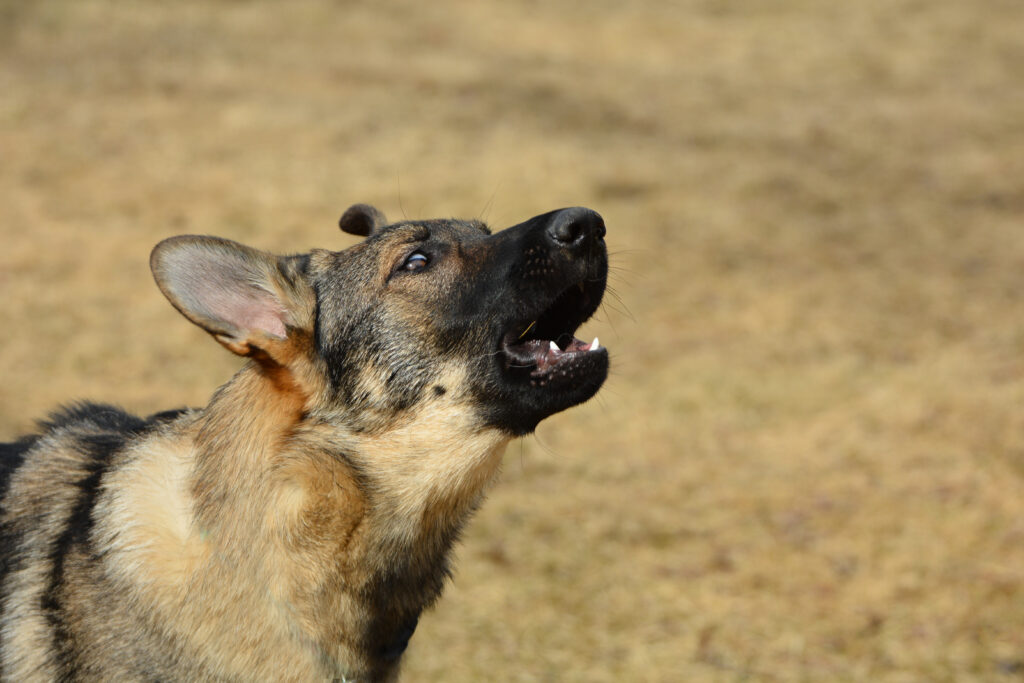
Animals are often more aware of coyote presence than humans. Dogs may start barking aggressively at seemingly nothing, while cats might act unusually skittish. If your pet suddenly becomes tense or refuses to go outside, they might sense a coyote nearby. Many pet owners dismiss these behaviors, but they can serve as an early warning system that something is lurking nearby.
Pay close attention to how your pets react, especially in areas where coyotes are common. If your dog suddenly stops and stares at a certain spot during a walk, take a moment to assess the area before continuing. At home, if your pets refuse to use the yard, consider scanning it with a flashlight at night to check for glowing eyes in the distance. Trusting your pet’s instincts can help you avoid an encounter before it even happens.
10. Leaving Young Children Unattended in Coyote-Prone Areas

While coyote attacks on humans are extremely rare, young children are at greater risk because of their size. Coyotes are naturally wary of adults but may be more curious about a small, fast-moving child playing in a yard or park. Some documented cases of coyotes approaching children have occurred when a child was running or playing near a known coyote den.
If you live in an area where coyotes are frequently spotted, never leave young children unattended outdoors. Teach kids how to respond to a coyote encounter by standing tall, making loud noises, and backing away slowly. Encourage them to always play in groups, as coyotes are less likely to approach multiple people. Even if coyotes rarely pose a direct threat to humans, being proactive about safety is the best way to ensure peaceful coexistence.


